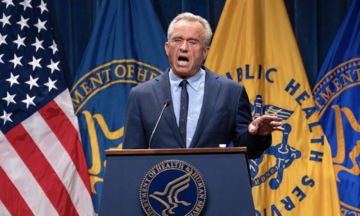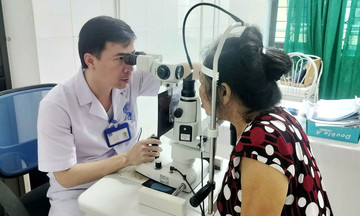The gallbladder stores bile produced by the liver, which helps break down fats. Normally, the gallbladder contracts during meals, pushing bile through small bile ducts into the intestines to aid digestion. Gallstones are solid deposits that form inside the gallbladder, a small, pear-shaped organ located in the upper right part of the abdomen. Gallbladder removal surgery is a common treatment when gallstones cause severe pain in the upper right abdomen, nausea, or dangerous health complications.
A doctor may recommend gallbladder removal if the patient has gallbladder cancer, gallbladder dysfunction, or gallbladder polyps (abnormal tissue growths). Some signs that a patient may need gallbladder removal include:
Abdominal pain: A damaged gallbladder causes progressively worsening abdominal pain. Initially, the pain may be dull for several hours but persists and becomes severe. This pain doesn't lessen with changes in position, bowel movements, or passing gas. It's often accompanied by nausea and vomiting. The pain typically starts in the upper right or middle abdomen and may spread to the back, often to the right shoulder blade. It usually appears after eating a large meal or consuming fatty foods.
Cholecystitis (gallbladder inflammation): This can be caused by gallstones blocking the bile ducts, leading to persistent and severe biliary colic, nausea, vomiting, and fever. This condition signals the need for immediate medical attention and possible emergency gallbladder removal surgery.
Common bile duct stones: This occurs when gallstones become lodged in the common bile duct, which carries bile from the liver to the gallbladder, causing choledocholithiasis. Symptoms include jaundice, pale stools, dark urine, fever, and severe pain in the upper right abdomen. Gallbladder removal surgery in this case helps prevent dangerous complications.
Gallstone pancreatitis: Symptoms include severe and continuous pain in the upper abdomen radiating to the back, nausea, and vomiting. Severe cases may present with jaundice and yellowing of the eyes due to bilirubin buildup in the blood. Gallstone pancreatitis can lead to pancreatic duct blockage.
Patients may require gallbladder removal in cases such as biliary dyskinesia, a functional gallbladder disorder causing biliary colic without gallstones or gallbladder abnormalities; gallbladder cancer; gallbladder polyps larger than 10 mm; and porcelain gallbladder (calcium deposits in the inner wall of the gallbladder).
There are two main methods for performing gallbladder removal. Laparoscopic cholecystectomy is the more common procedure. It's minimally invasive, involving 3 or 4 small incisions (cuts) in the abdomen to remove the gallbladder. Open cholecystectomy is the traditional method. The doctor will consider the appropriate method based on the individual case.
Anh Chi (Very Well Health)
| Readers can submit questions about digestive diseases here for doctors to answer. |












